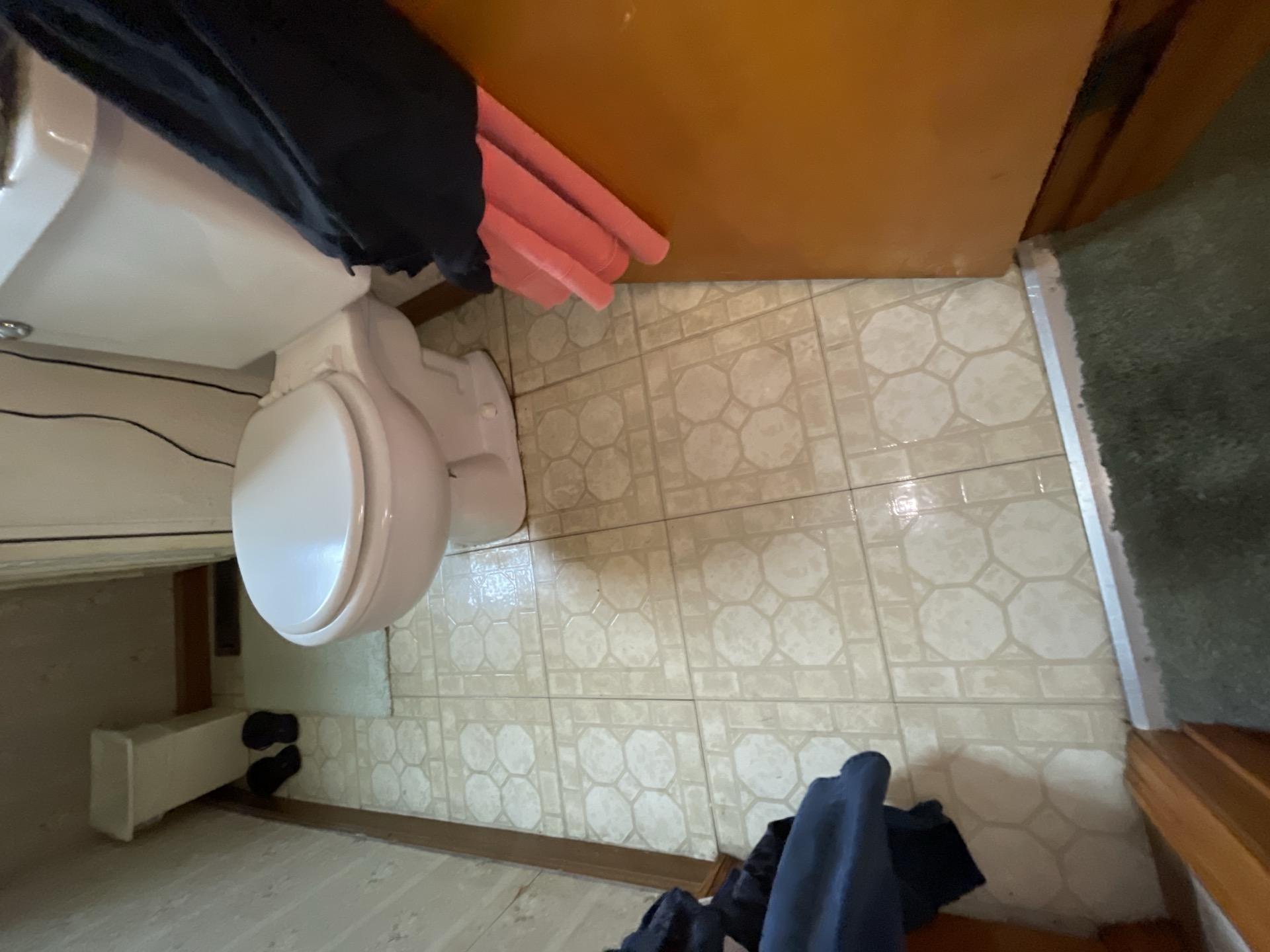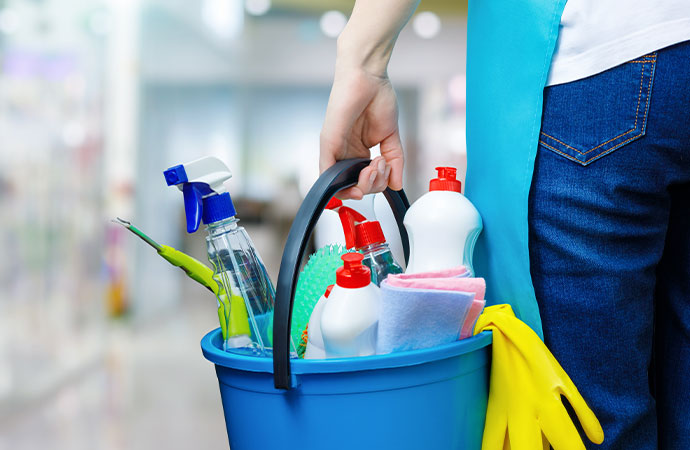
HVAC Filter
You may be thinking that you already have an air filtration system linked to your ducts; you may have even replaced it recently. You’re not wrong, as every HVAC unit has a paper filter. However, this filter is only capable of catching large particles. Smaller ones will pass right through and travel throughout your duct system.
That being said, this filter isn’t useless. As mentioned, it catches large particles and particulate in the air. If you notice it’s collecting a lot of dust, even with consistent replacement, it may be time to get your ducts cleaned and consider another filtration system.
Other Filtration Units

You may also be wondering what makes the air duct filtration better than the smaller units you may have. One benefit is the power draw. Since the purifier you’ll likely put in the vents is connected to your HVAC system, which naturally pulls and pushes air through the vents, it may not increase your energy bill, whereas a mobile unit will.
The in-duct system can also cover a larger area, depending on where they’re installed. They may be able to provide most or even the entire system with filtration, decreasing the amount of dust, debris, allergens, and more that may otherwise exit the ducts. On the other hand, the smaller mobile units can only cover a small area, such as a single room.
This doesn’t mean the mobile units should be discarded entirely. They have many other benefits as well. For one, while they only cover a small area instead of the entire duct system, this may be all you need. By allowing a small unit to focus on a small area, you can significantly improve the air quality of that location.
It’s also easier to replace the filters of a smaller unit, and they have clear indicators of what filters need to be replaced and when the unit utilizes multiple filters. The same is true if the unit needs repairs or to be replaced entirely. There may not be as much of a clear indication of when the filters for the systems in the ducts need replacing, and even if there is, they may not be easy to reach.
Before committing to a certain type of filter, consider what problems you’re having with your air quality and the pros and cons of each filtration unit.
Types of Air Duct Purifiers
If you do want to install air purifiers in your ducts, there are two different types to consider: UV purification and ionizing purification. Each type has its benefits and drawbacks.

UV
UV purification systems use UVV and UVC light to neutralize harmful particles. They tend to be used to remove tiny particles, germs, mold, and more from the air, improving air quality and your health. This type of filter cleans the air before it leaves the ducts, so you can breathe easier right away. If you’re looking to remove germs, consider a UV purification filter.
However, despite this filter removing germs, it isn’t the best for removing some allergens. Dust, pet dander, and other airborne debris don’t inherently cause harm the way germs do. Instead, they get into your body when you breathe, and your body reacts negatively then. This negative reaction causes sneezing, watery or itchy eyes, and coughing as your body tries to expel these particles. Consider an ionizing purification unit if you prefer to focus on removing allergens.
Ionizing
Ionizing purification systems work a bit differently. They charge the molecules of the air that passes through with a negative electrical charge, which forces them to bond with the dust and debris, which have positive particles. At first, this may sound unhelpful — however, this bond makes those newly bonded particles larger and heavier, causing them to fall.
Once they’ve fallen, they’re easily collected the next time you dust or vacuum. If you’re less concerned with germs and more concerned with allergens such as pet dander or pollen, then this may be the right filter for you.
One drawback of ionizing purification units is that they don’t clean the air or even catch the particles themselves. Instead, they allow the particles to bond and fall onto the closest surface. You then clean and remove them the next time you dust or vacuum the area. They also don’t work well on germs or mold spores, so you’ll want to consider a UV purification unit if you want to remove them.
Best of Both Worlds
Of course, you don’t just have to install one. If you install both, you get the benefits of both and improve the air quality in your home significantly. The UV unit will neutralize the germs, and the ionizing unit will force the neutralized particles to the ground, where they can be easily collected and removed later.
Despite mostly focusing on the home benefits here, these can also be installed into the HVAC systems for commercial locations as well, providing you and your employees with high air quality as well.
Professional-Grade Air Duct Cleaning
How does combining an air purification unit with air duct cleaning work? To put it simply, they complement each other quite well.
Air duct cleaning removes the debris that has settled into the ducts and also cleans the small fans and other sensitive parts that not only move the air through the system but also act as resting places for this debris. Air purification units then work to neutralize and remove the airborne particles. By combining the two, you greatly improve your indoor air quality.
In short, while air duct cleaning removes large, settled particles, the purification system removes smaller, airborne particles, and both work together to improve your air quality. Whether you choose to install these systems directly into your ducts or have a few mobile units in some of the rooms, you’ll notice yourself literally breathing easier.
Why Choose Panhandle Cleaning & Restoration?


















